You can use approxfun to do interpolations and uniroot to find single roots (places where the line crosses). You would need to run uniroot multiple times to find all the crossings, the rle function may help choose the starting points.
The FC values in your data never get close to 1 let alone cross it, so you must either have a lot more data than shown, or mean a different value.
If you can give more detail (possibly include a plot showing what you want) then we may be able to give more detailed help.
Edit
OK, here is some R code that finds where the lines cross:
con <- textConnection(' Time Val1 Val2
0 0.68 0.39
30 0.08 0.14
35 0.12 0.07
40 0.17 0.28
45 0.35 0.31
50 0.14 0.45
100 1.01 1.31
105 0.40 1.20
110 2.02 0.57
115 1.51 0.58
130 1.32 2.01')
mydat <- read.table(con, header=TRUE)
with(mydat, {
plot( Time, Val1, ylim=range(Val1,Val2), col='green', type='l' )
lines(Time, Val2, col='blue')
})
abline(h=1, col='red')
afun1 <- approxfun( mydat$Time, mydat$Val1 - 1 )
afun2 <- approxfun( mydat$Time, mydat$Val2 - 1 )
points1 <- cumsum( rle(sign(mydat$Val1 - 1))$lengths )
points2 <- cumsum( rle(sign(mydat$Val2 - 1))$lengths )
xval1 <- numeric( length(points1) - 1 )
xval2 <- numeric( length(points2) - 1 )
for( i in seq_along(xval1) ) {
tmp <- uniroot(afun1, mydat$Time[ points1[c(i, i+1)] ])
xval1[i] <- tmp$root
}
for( i in seq_along(xval2) ) {
tmp <- uniroot(afun2, mydat$Time[ points2[c(i, i+1)] ])
xval2[i] <- tmp$root
}
abline( v=xval1, col='green' )
abline( v=xval2, col='blue')
